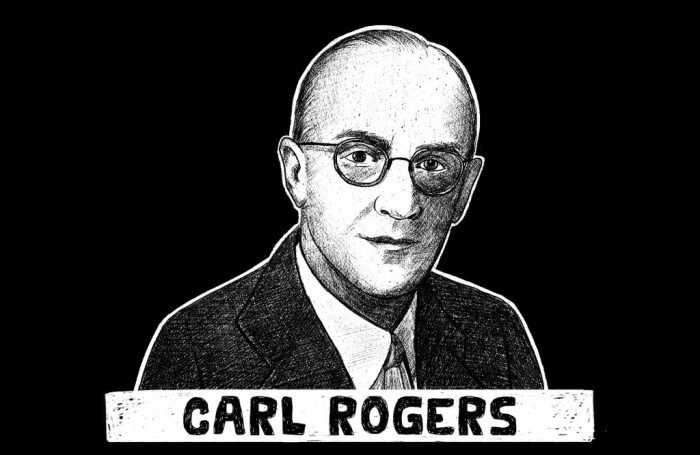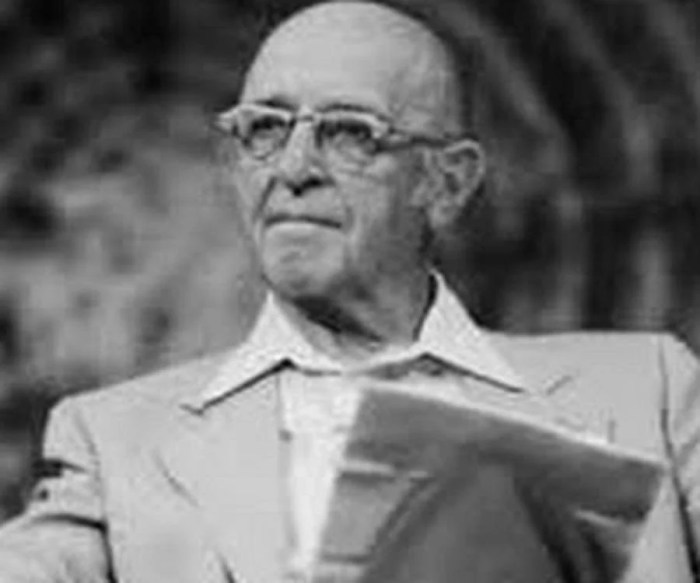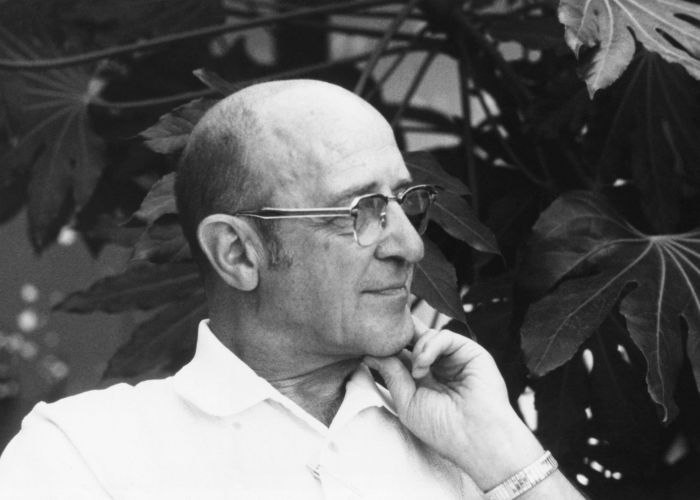Which therapist best illustrates the humanistic orientation to therapy? This question sparks a captivating journey into the realm of psychotherapy, where we explore the profound contributions of therapists who have dedicated their lives to empowering individuals through a person-centered approach.
Join us as we delve into the philosophies and techniques that define humanistic therapy, unraveling the transformative power it holds for personal growth and well-being.
From Carl Rogers’ groundbreaking person-centered therapy to Abraham Maslow’s holistic perspective, we will uncover the core principles that underpin this therapeutic orientation. We will examine the existential and transpersonal dimensions that broaden its scope, enriching our understanding of human nature and potential.
Through a comprehensive analysis of therapeutic techniques and interventions, we will gain invaluable insights into how humanistic therapy facilitates meaningful change.
Therapists Exemplifying Humanistic Orientation: Which Therapist Best Illustrates The Humanistic Orientation To Therapy

The humanistic orientation in therapy emphasizes the inherent worth and potential of individuals, focusing on their subjective experiences and personal growth. Therapists embodying this approach prioritize creating a safe and supportive environment where clients can explore their thoughts, feelings, and behaviors.
Carl Rogers’ Person-Centered Approach
Carl Rogers’ person-centered therapy is a foundational humanistic approach that emphasizes empathy, unconditional positive regard, and congruence. Rogers believed that clients have the capacity for self-understanding and growth, and the therapist’s role is to facilitate this process by providing a supportive and non-judgmental space.
Abraham Maslow’s Holistic Perspective
Abraham Maslow’s holistic view of human nature influenced humanistic therapy by emphasizing the importance of meeting individuals’ psychological and physiological needs. Maslow’s hierarchy of needs posits that individuals must fulfill basic needs (e.g., safety, belonging) before they can focus on higher-level needs (e.g.,
self-actualization).
Existential and Transpersonal Perspectives, Which therapist best illustrates the humanistic orientation to therapy
Existential and transpersonal perspectives within humanistic therapy explore the existential concerns of meaning, purpose, and transcendence. These approaches emphasize the importance of clients finding meaning in their lives and connecting with their spiritual and creative selves.
Therapeutic Techniques and Interventions
Humanistic therapy employs various techniques to facilitate personal growth and well-being. These include:
-
-*Active listening
Attending to clients’ verbal and nonverbal communication with empathy and understanding.
-*Reflection
Paraphrasing and summarizing clients’ statements to demonstrate understanding and encourage self-exploration.
-*Gestalt therapy
Using role-playing and other experiential exercises to help clients become more aware of their thoughts, feelings, and behaviors.
FAQ Compilation
Who is considered the father of humanistic therapy?
Carl Rogers is widely regarded as the father of humanistic therapy.
What is the core principle of person-centered therapy?
Person-centered therapy emphasizes the inherent worth and potential of every individual.
How does humanistic therapy differ from other therapeutic approaches?
Humanistic therapy places a strong focus on the client’s subjective experience and self-directed growth.


